In the context of the rapidly growing culinary and food service industry, investing in industrial kitchen equipment for a canteen […]
Read more


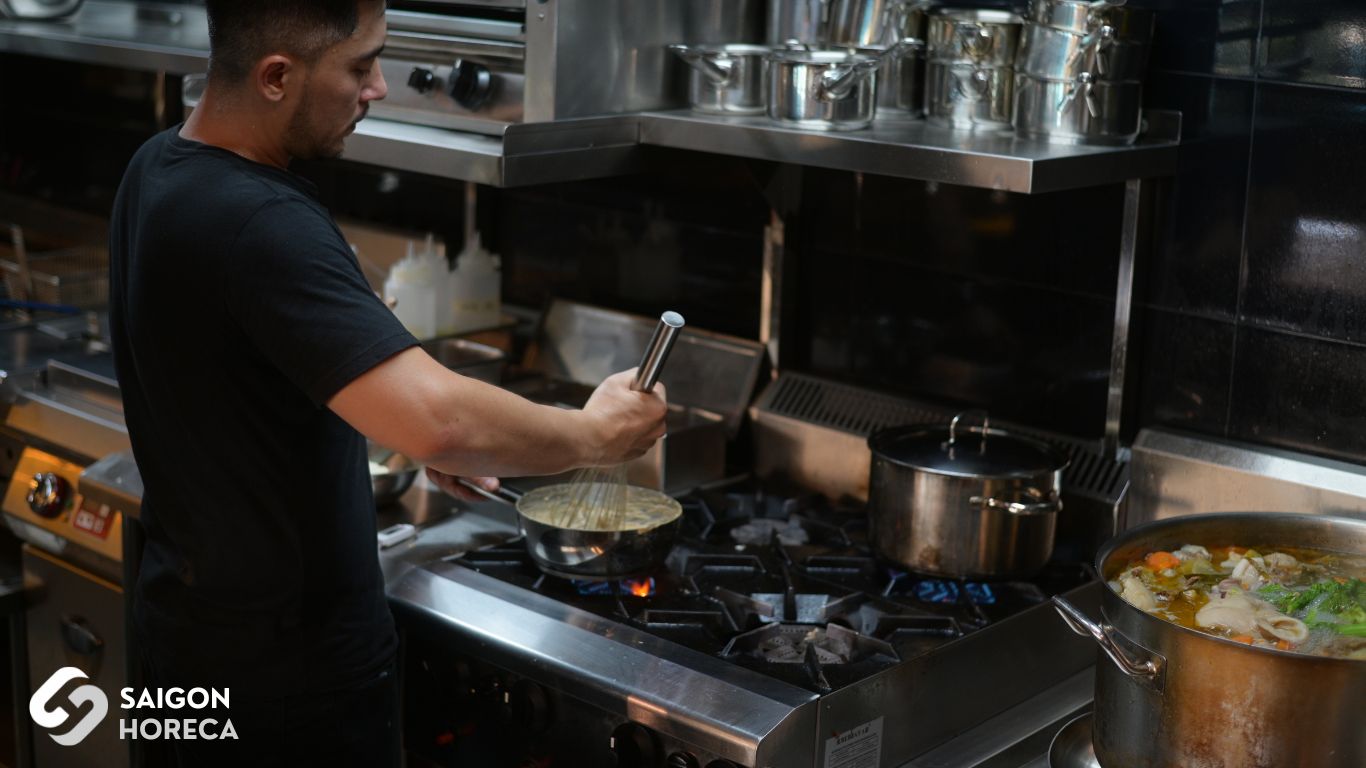

In the context of the rapidly growing culinary industry, industrial gas stoves have become an essential part of restaurants, hotels, and food processing facilities. However, using gas stoves also carries many risks if not done correctly. Statistics show that many gas-related accidents can be prevented by following basic safety rules.
In this article, we will provide you with 5 Ways for Using Industrial Gas Stoves Safely from A-Z. Each method will be explained in detail, helping you not only understand the usage process but also equip yourself with the necessary knowledge to protect yourself and your colleagues. Let’s explore these tips to ensure maximum safety and efficiency in your kitchen work.
Regular gas system inspections are an essential step in the operation of industrial gas stoves, not only to ensure effective performance but also to guarantee the safety of staff and facilities. In industrial kitchens, where operations are continuous and usage is frequent, this becomes more important than ever.
Before use, carefully inspect the condition of the gas cylinder. Factors to pay attention to include: no signs of rust, cracks, or leaks around the joints. Use a leak detection solution (soap and water) to identify any leaks, ensuring safety before use.
Gas piping should also be checked regularly to ensure there are no cracks or damage. Worn or damaged sections of piping need to be replaced immediately. Additionally, ensure that the joints are secure and show no signs of gas leakage.
The shut-off valve is a crucial device that disconnects the gas when not in use or in case of an emergency. Check the shut-off valve to ensure it operates normally and is not stuck. If you notice any signs of damage, replace it promptly to avoid unwanted risks.
Finally, conduct a comprehensive assessment of the gas system, including planning for regular maintenance and replacement of equipment. This not only helps maintain safety but also optimizes the performance of industrial gas stoves.
By carrying out these inspections regularly and professionally, you significantly contribute to creating a safe and efficient working environment in the industrial kitchen. This not only protects the lives and health of employees but also ensures that the food preparation process runs smoothly.
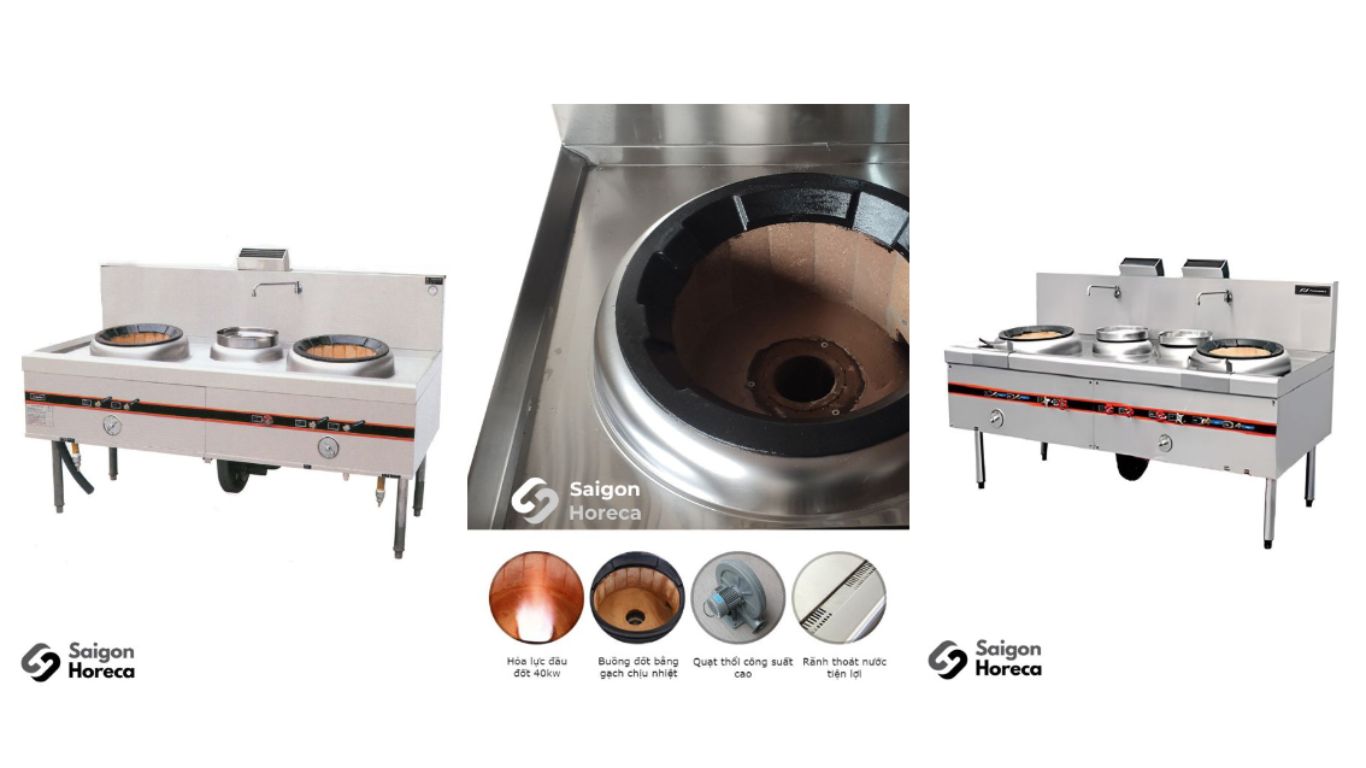

Correctly installing and operating industrial gas stoves not only ensures efficiency in food preparation but also plays a crucial role in accident prevention. Below is a detailed guide on how to install the gas cylinder and safely turn the stove on and off.
Regular Maintenance:
Properly installing and operating industrial gas stoves not only enhances work efficiency but also protects the safety of all kitchen staff. Always follow the procedures and conduct regular inspections to minimize risks and create a safe working environment.
Using an industrial gas stove correctly not only ensures cooking efficiency but also protects the safety of staff in the kitchen environment. Below is a detailed step-by-step guide on how to safely and effectively use a gas stove.
To start the gas stove, follow these steps:
First, ensure that the gas valve on the cylinder is fully open.
Press the gas knob and hold it for about 5-10 seconds to allow gas to reach the burners.
Turn the gas knob counterclockwise until the flame burns steadily. Ensure the flame is in the correct position in the cooking area. For double burners, both the small and large burners will ignite simultaneously. If only using the small burner, just turn the control knob for that burner.
Turn the control knob to adjust the flame to meet your cooking needs.
If the flame is uneven or has a red color, adjust the air shutter located at the bottom of the stove until you achieve the desired flame. A blue flame indicates that the stove is operating efficiently.
Properly using the cooking zones on the industrial gas stove is very important:
Suitable for quick boiling, frying, and cooking dishes that require high heat. Place pots or pans on the high flame zone, ensuring the bottom diameter of the pot or pan is appropriate to optimize cooking performance.
Ideal for stir-frying and cooking dishes that require medium heat. Place pots or pans on the medium flame zone and ensure the bottom diameter corresponds.
Suitable for warming and gently cooking dishes that require even doneness. Place pots or pans on the low flame zone and carefully control the temperature.
This is the position when you completely turn off the gas stove. Place pots or pans on this zone to keep cooked food warm.
After completing cooking, please:
Turn the knob until you hear a “click,” ensuring that the stove is completely off.
For safety, always close the gas valve after use.
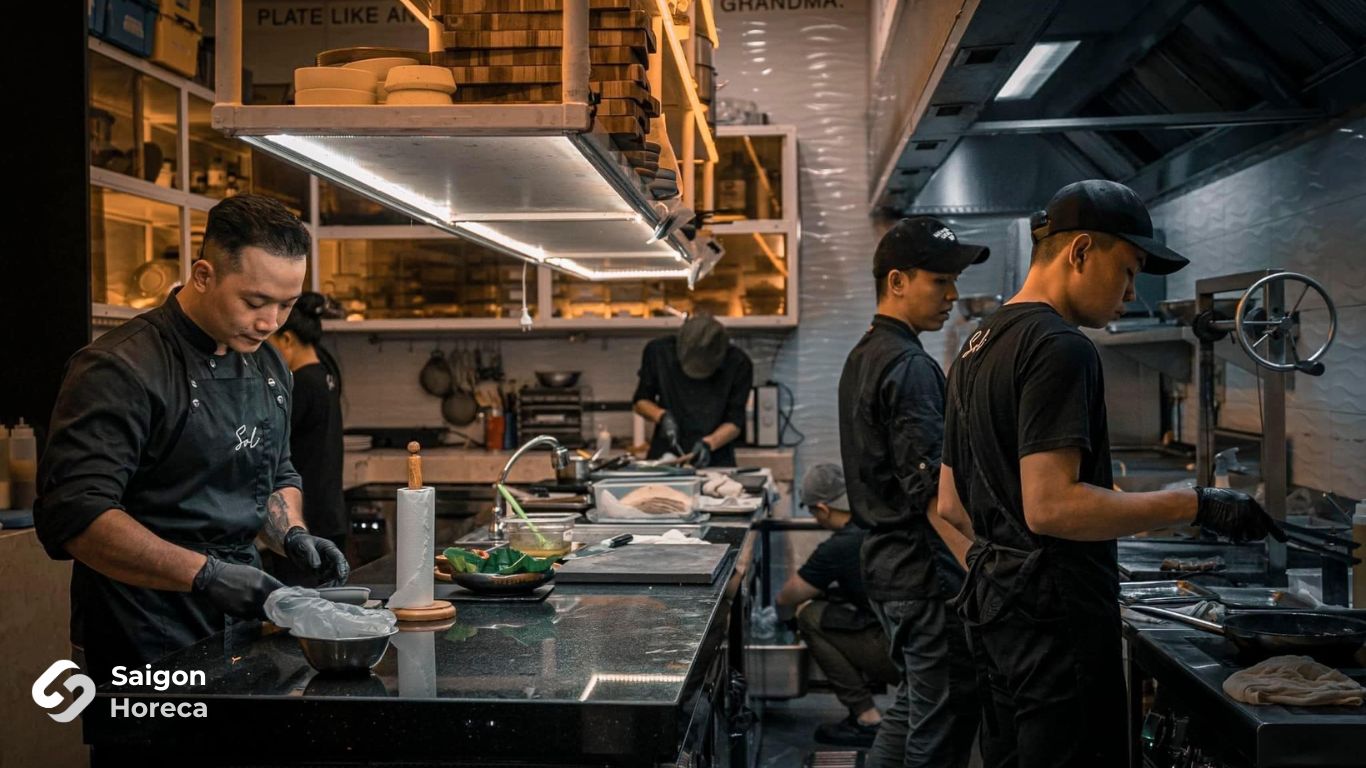

In an industrial kitchen, detecting the smell of gas is an important warning signal that requires quick and accurate response to ensure the safety of all staff and customers. Here is a detailed guide on how to handle the situation when you detect a gas smell.
Quick and proper response upon detecting gas smells is crucial in the industrial kitchen industry. Always keep the necessary information at hand and implement safety measures to protect yourself and your colleagues.
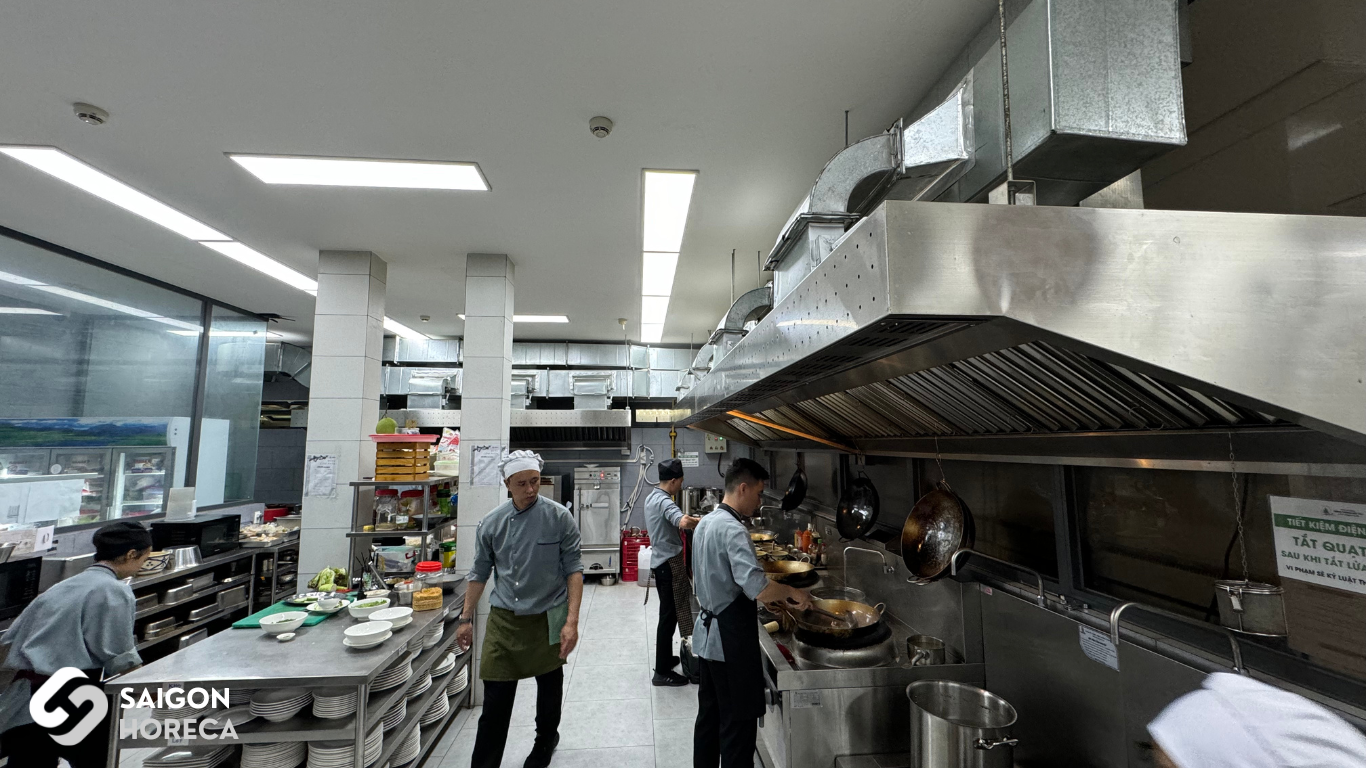

Periodic maintenance of industrial gas stoves is a crucial factor in ensuring the equipment’s performance and enhancing the safety of staff in the kitchen environment. Regular maintenance not only helps the stove operate efficiently but also extends the lifespan of the equipment. Below are the necessary steps to carry out this maintenance work.
Clean the Burners:
The burners are the main components responsible for producing flames. Regular cleaning of the burners helps remove food debris and dirt, ensuring that the flames burn evenly and efficiently. Use a soft brush or clean cloth to gently scrub and remove dirt without damaging the burner structure.
Check the Ignition System:
The ignition system plays an essential role in starting the gas stove. Carefully inspect this component to ensure it is functioning properly. If any issues are detected, timely replacement or repair is necessary. This will ensure that the stove can be started quickly and safely.
Clean the Gas Pipes:
Gas pipes need to be inspected and cleaned regularly to ensure that no debris or dirt obstructs the gas flow. If the pipes show signs of damage, replace them immediately. Use specialized products to clean the pipes, ensuring that the materials are not harmed.
Inspect and Replace Accessories:
Regularly check accessories such as gas valves, connectors, and pipes for signs of wear or damage. Timely replacement of these accessories will help prevent gas leaks and other serious issues.
Finally, conduct a comprehensive assessment of the gas stove system after each maintenance session. Create a periodic maintenance plan and keep records of the tasks performed to track and adjust as needed.
By implementing these periodic maintenance steps, you will not only ensure that the industrial gas stove is always in optimal working condition but also create a safe working environment for all employees. Treat maintenance as an essential part of kitchen operations to optimize efficiency and safety.
At Saigon Horeca, we take pride in being a leading provider of industrial gas stoves, prioritizing top-notch quality and safety. With many years of experience in the supply of industrial kitchen equipment, we are committed to delivering the best products to meet the cooking needs of restaurants, hotels, and food processing facilities.
We offer a diverse range of industrial gas stoves, from single to double burners, featuring modern designs and high performance to optimize your cooking processes. Our team of professional technicians is always ready to advise and assist customers in selecting the most suitable products.
Additionally, Saigon Horeca provides regular maintenance and servicing, ensuring that your gas stoves operate efficiently and safely at all times. By choosing us, you not only receive quality products but also dedicated and professional service.
Let Saigon Horeca accompany you on your culinary journey, delivering amazing experiences for your diners!




















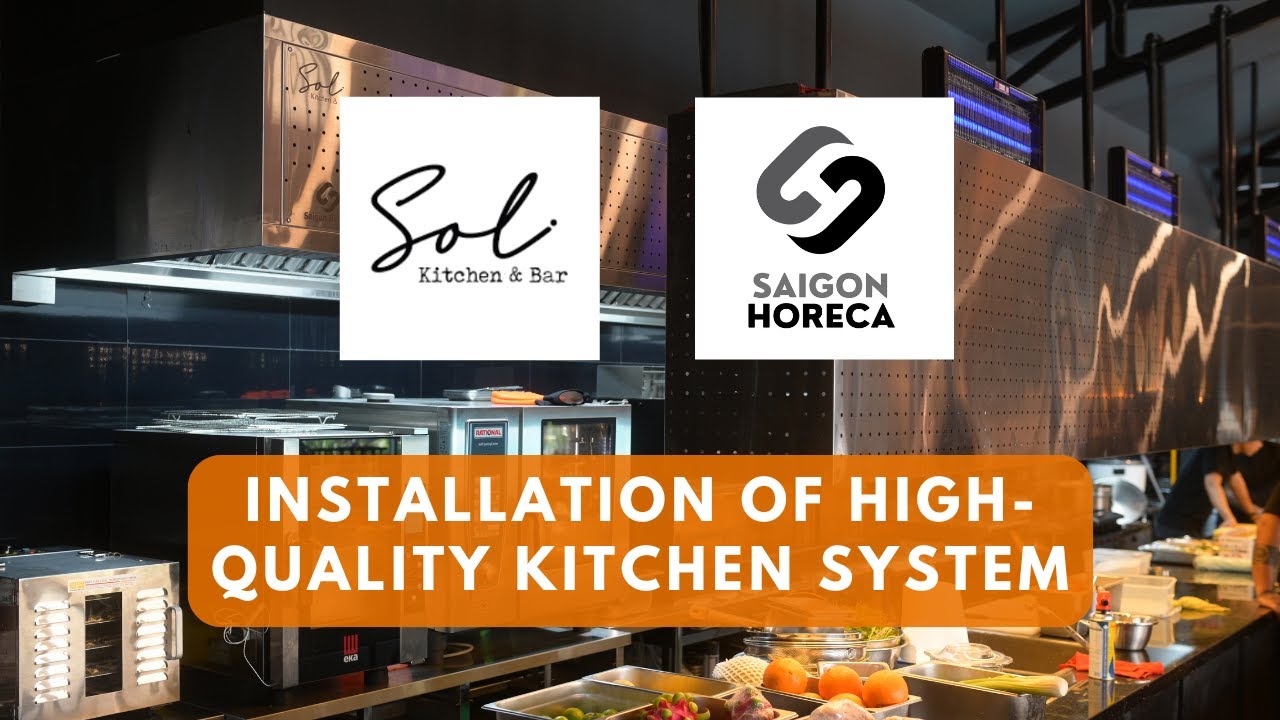
















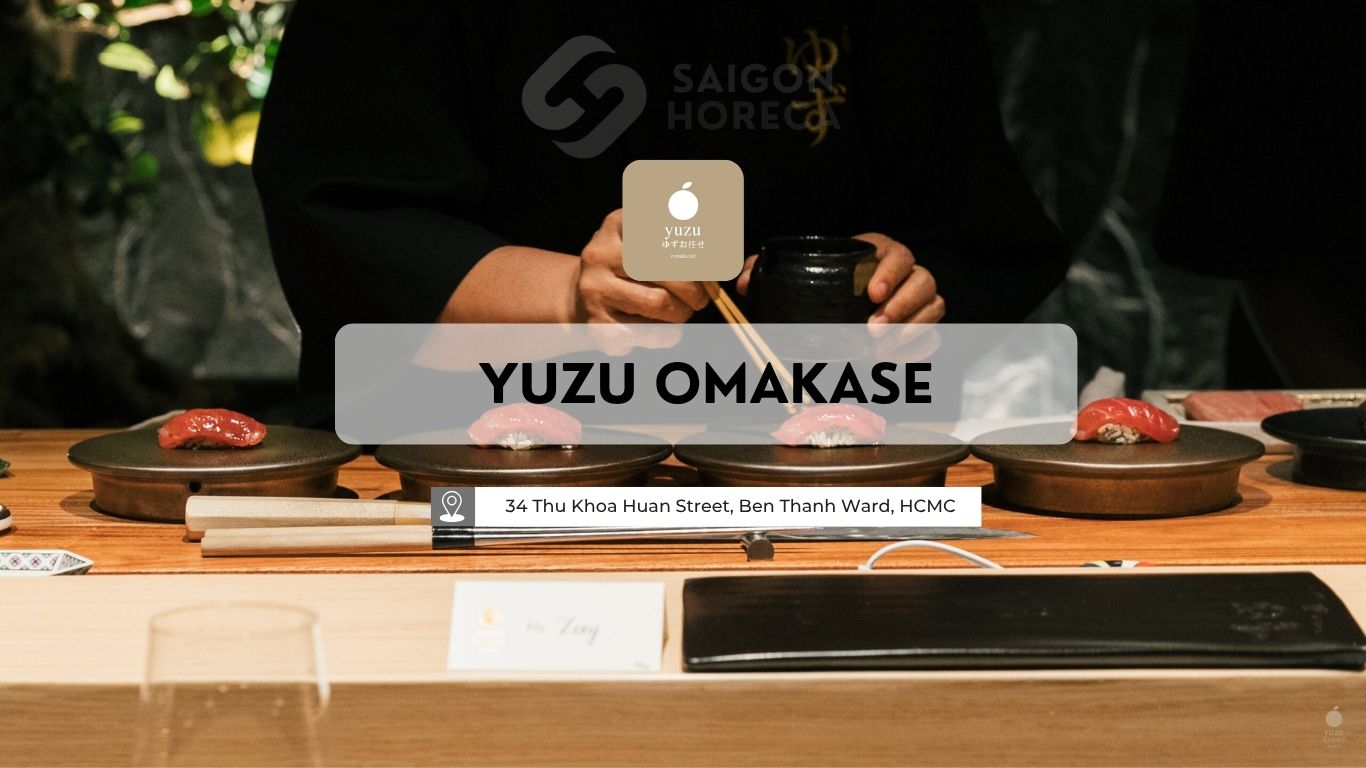





Thứ hai - Thứ sáu
từ 8h00 đến 18h00
Số 40 Đường số 6, KDC Melosa Khang Điền, Phú Hữu, HCM.
Liên hệ ngay
In the context of the rapidly growing culinary and food service industry, investing in industrial kitchen equipment for a canteen […]
Read moreLooking to elevate your grilled dishes with a Salamander Grill? With its ability to grill quickly and evenly while giving […]
Read more










































Monday - Friday
from 8h00 to 18h00
40 Street No. 6, Melosa Garden, Phu Huu District, HCMC
Contact anytime
In the context of the rapidly growing culinary and food service industry, investing in industrial kitchen equipment for a canteen […]
Read moreLooking to elevate your grilled dishes with a Salamander Grill? With its ability to grill quickly and evenly while giving […]
Read more